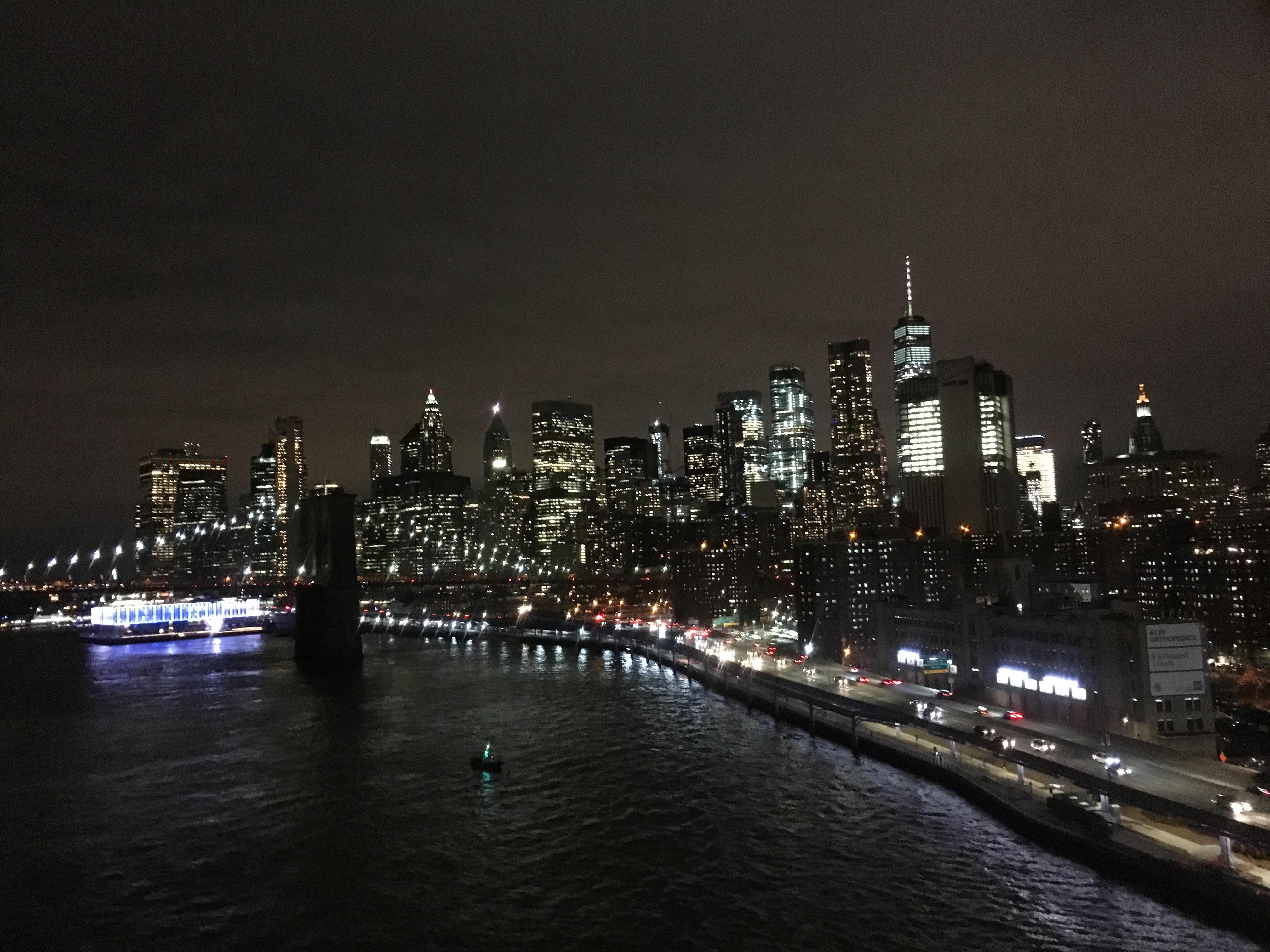Making the blog in NYC
06 Feb 2019 - Michelle Ho
Right now, we’re packing up the Brooklyn apartment and saying see-ya-later to a lot of good friends in NYC. Lots of people ask us where the road-trip is taking us, so I thought it would be good to make a map. I also thought it would be good to make a blog with the map to keep people posted about our journey.

I have never really wrote, let alone made, a blog before. A while ago, I kept a Wordpress blog about getting outdoors while living in NYC. I also wrote a couple Medium posts about some bits of code that helped me. Occasionally, I contributed to my company’s blog. But that was about it.
I started with jotting and drawing some ideas down on paper. I wanted the map of our road-trip to be the focus of the blog. And the posts themselves would appear as pop-ups on top of the map. I didn’t want to put a lot of effort into maintaining it while on the road. The goal was to write a new post in markdown, tag it with a longitude-latitude coordinate, and the map-blog could auto-update accordingly.
I chose Jekyll because I have noticed other people make blogs with Jekyll and it seemed simple but able to do what I needed. Jekyll helps you transform plain text into static websites and blogs.
Jekyll processes files with something called “front matter”– which is a snippet of YAML at the top of the file. The variables defined in front matter can be accessed using Liquid, a templating language, which Jekyll understands as anything between curly brackets like: {{ location }}, and even logic/control flow between curly brackets with percent signs like: {% for post in posts %}. I had a hunch that I could add the longitude-latitude coordiates in the “front matter” and figure out some way to access them elsewhere using Jekyll for the map.
Like so:
---
title: Making the blog in NYC
coordinates: -73.985234,40.691411
---
After I had the bare-bones of a Jekyll blog up and running, I started searching for methods to process a GeoJSON with Jekyll. I was really stoked to see that Katy Decorah had already come up with a method for using Jekyll to cook up a geojson file. This was exactly what I needed.
GeoJSON is a format standard for encoding a variety of geographic data structures. There’s a blog post written by Tom MacWright entitled “More than you ever wanted to know about GeoJSON”, in case you want to read more about it. Basically, GeoJSON boils down to coordinates– longitude-latitude pairs that, when weaved together correctly, can create wonderful things like Point, LineString, Polygon, MultiPoint, MultiLineString, and MultiPolygon.
With a little help from Katy and the power of Liquid for loops, I eventually had the GeoJSON file I needed based on some pre-created posts. What next? I opted to use Mapbox GL JS, which is a JavaScript library that uses WebGL to render interactive maps with vector tiles client-side. I also used CARTO VL, another JavaScript library that sits well with Mapbox GL, for styling.
Then I brought it to my fellow Recursers for feedback. Thanks to so many friends with excellent eyes for detail and design, I got more ideas of how to make the mapblog better: add a suggestion box, add a legend (duh), add instructions or a summary, add a line between points to show the route, add more color, change the navigation bar, add 3D elevation, etc. etc. I’m still working on tweaking the blog as we go, but I think we’re ready to hit the road now.
Thanks for reading! See you on the road.